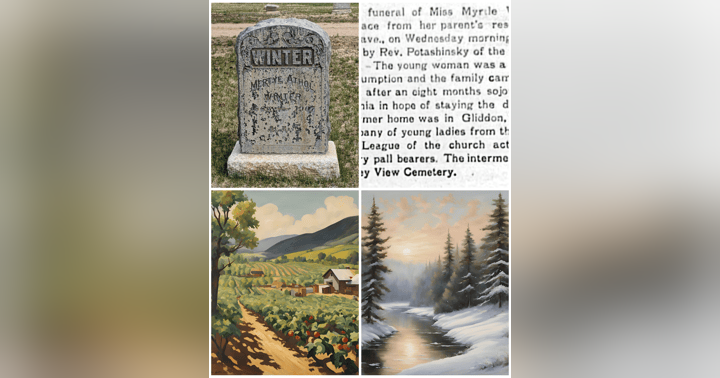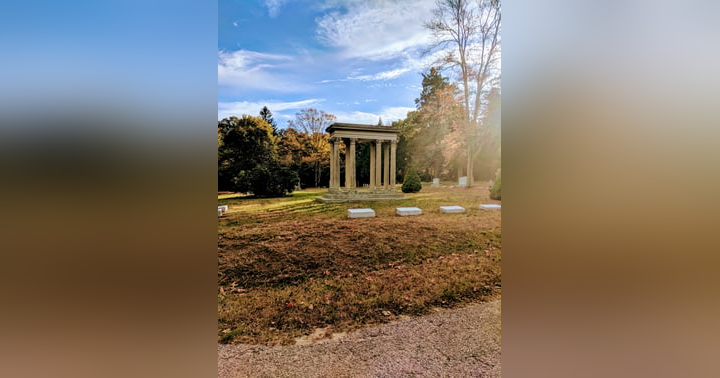The Forgotten Art of Iron Grave Markers

Over the centuries, humans have marked graves with many things, the most common being stone. However, another material that became popular, especially in Europe for a time, was iron, both cast and wrought. In the case of wrought iron markers, the metal could be shaped and worked into intricate designs, making them wholly unique to the person whose burial they marked. Cast iron uses a mold and was therefore easy to mass produce. Small iron markers were often more affordable than a stone marker.
With mass immigration from Europe to America during the 19th century, the tradition of using iron was brought to some American cemeteries, especially those near foundries. Not only was iron used to make markers to place at the head of a grave, but it was more commonly used to make fencing to surround a grave or an entire plot, or to create decorative coverings that often covered the length of a grave. In some cases, the iron was painted with silver or gold leaf or even other colors.
Cast iron markers were easy to mass produce and were often advertised for sale in catalogs. Small cast iron markers denoting particular fraternal organizations were especially common and were often placed alongside a stone marker indicating the deceased belonged to that organization.
Of course, iron is a metal that can rust easily unless it is maintained and kept from moisture, which is hard to do in a cemetery. The plethora of iron fences that once were so common disappeared during World War II as they were taken down so that the metal could be reused to help support the war. However, if you are a treasure hunter, search through your local cemetery and you may still find some iron here and there amongst the stones.















